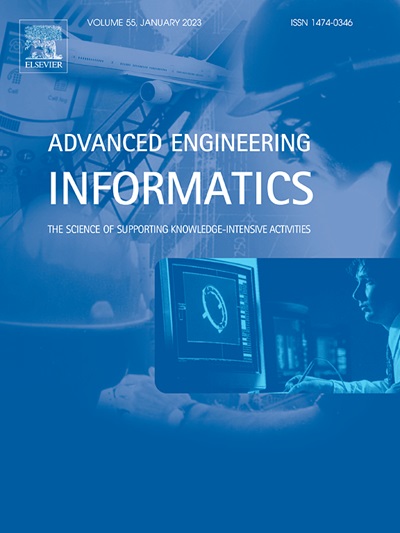A data-driven metric-based proper orthogonal decomposition method with Shapley Additive Explanations for aerodynamic shape inverse design optimization
IF 8
1区 工程技术
Q1 COMPUTER SCIENCE, ARTIFICIAL INTELLIGENCE
引用次数: 0
Abstract
In the present study, an effective optimization framework of aerodynamic shape inverse design is established based on the data-driven metric-based proper orthogonal decomposition (DMPOD) method. This framework employs a DMPOD method that filters superior data sets and POD bases using a data-driven filtering strategy with Shapley Additive Explanations (SHAP) and a modified application criterion for bases. The efficiency of the framework is improved by reduced design variables and narrowed design space which both benefit from the DMPOD method. In the DMPOD method, the data-driven filtering strategy effectively filters superior data sets, addressing the limitations of traditional methods, while geometric approximation-based sample generation method enhances dynamic change capture during the optimization process. In addition, the modified application criterion for bases selects important bases based on their relevance to the objective function and determines the necessary quantity. The effectiveness, efficiency, and robustness of the optimization framework are validated by the inverse design case of the RAE2822 airfoil. The results show that the optimization framework with DMPOD effectively enhances optimization efficiency and robustness, with improvements of 31.32% and 84.89% for superior data set, respectively, compared to the MPOD method, and have a better optimization effect.
求助全文
约1分钟内获得全文
求助全文
来源期刊

Advanced Engineering Informatics
工程技术-工程:综合
CiteScore
12.40
自引率
18.20%
发文量
292
审稿时长
45 days
期刊介绍:
Advanced Engineering Informatics is an international Journal that solicits research papers with an emphasis on 'knowledge' and 'engineering applications'. The Journal seeks original papers that report progress in applying methods of engineering informatics. These papers should have engineering relevance and help provide a scientific base for more reliable, spontaneous, and creative engineering decision-making. Additionally, papers should demonstrate the science of supporting knowledge-intensive engineering tasks and validate the generality, power, and scalability of new methods through rigorous evaluation, preferably both qualitatively and quantitatively. Abstracting and indexing for Advanced Engineering Informatics include Science Citation Index Expanded, Scopus and INSPEC.
 求助内容:
求助内容: 应助结果提醒方式:
应助结果提醒方式:


